The role of Victor Emmanuel II of Savoy in the process that led to the Unification and Independence of Italy
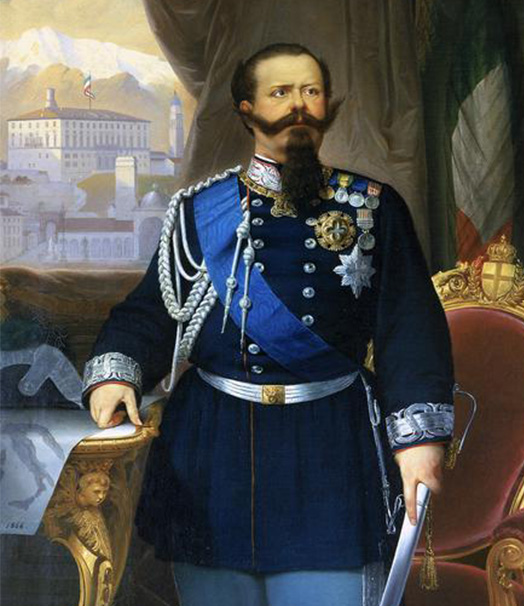
Victor Emmanuel II (1820 – 1878) was the most beloved ruler of the House of Savoy, not least because of his human qualities. Having become king of Sardinia in 1849, he placed Piedmont, which was under his domain, at the helm of the Risorgimento project; he was crowned King of Italy in 1861, after the Italian Unification, and again in 1870 with the taking of Rome. Upon his death on 9 January 1878, he was hailed as the ‘gentleman king’ and Father of the Fatherland.
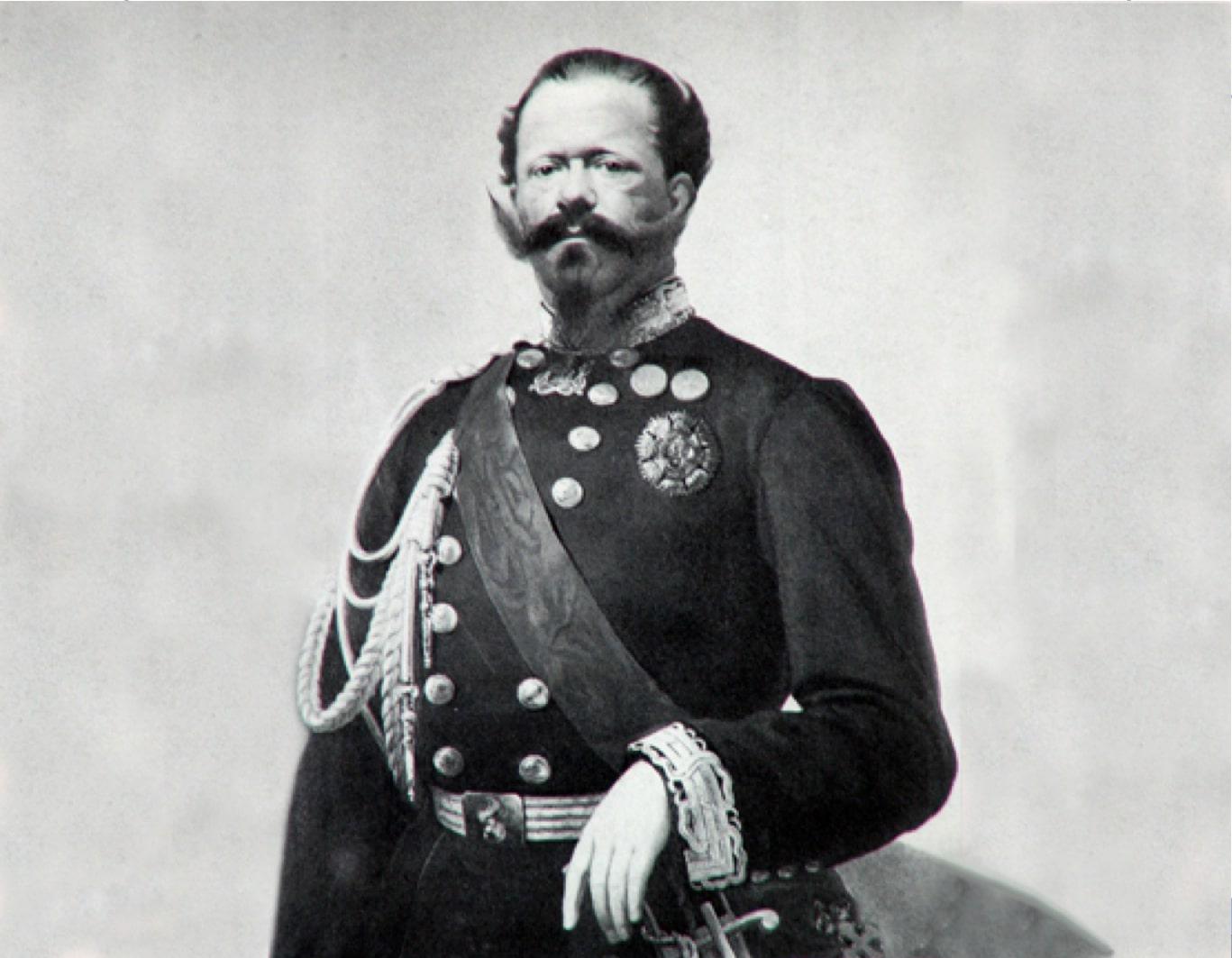
Profile of Victor Emmanuel II, courtesy of the Army General Staff, Historical Office - Photo Archives - Ministry of Defence
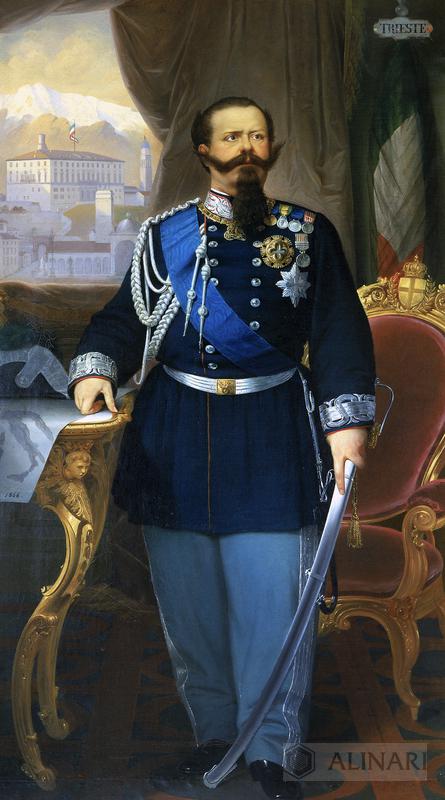
Portrait of Victor Emmanuel II
The Risorgimento was the historical process that led to the Unification of Italy during the nineteenth century. Victor Emmanuel II played a leading role in this process. Aided by his famous Prime Minister, Camillo Benso Conte di Cavour (1810 - 1861), the king was able to maintain the right distance between the various Risorgimento proposals: in the end, the monarchist route to unification prevailed, linked to the Savoy dynasty, the King of Sardinia and, subsequently, King of Italy.
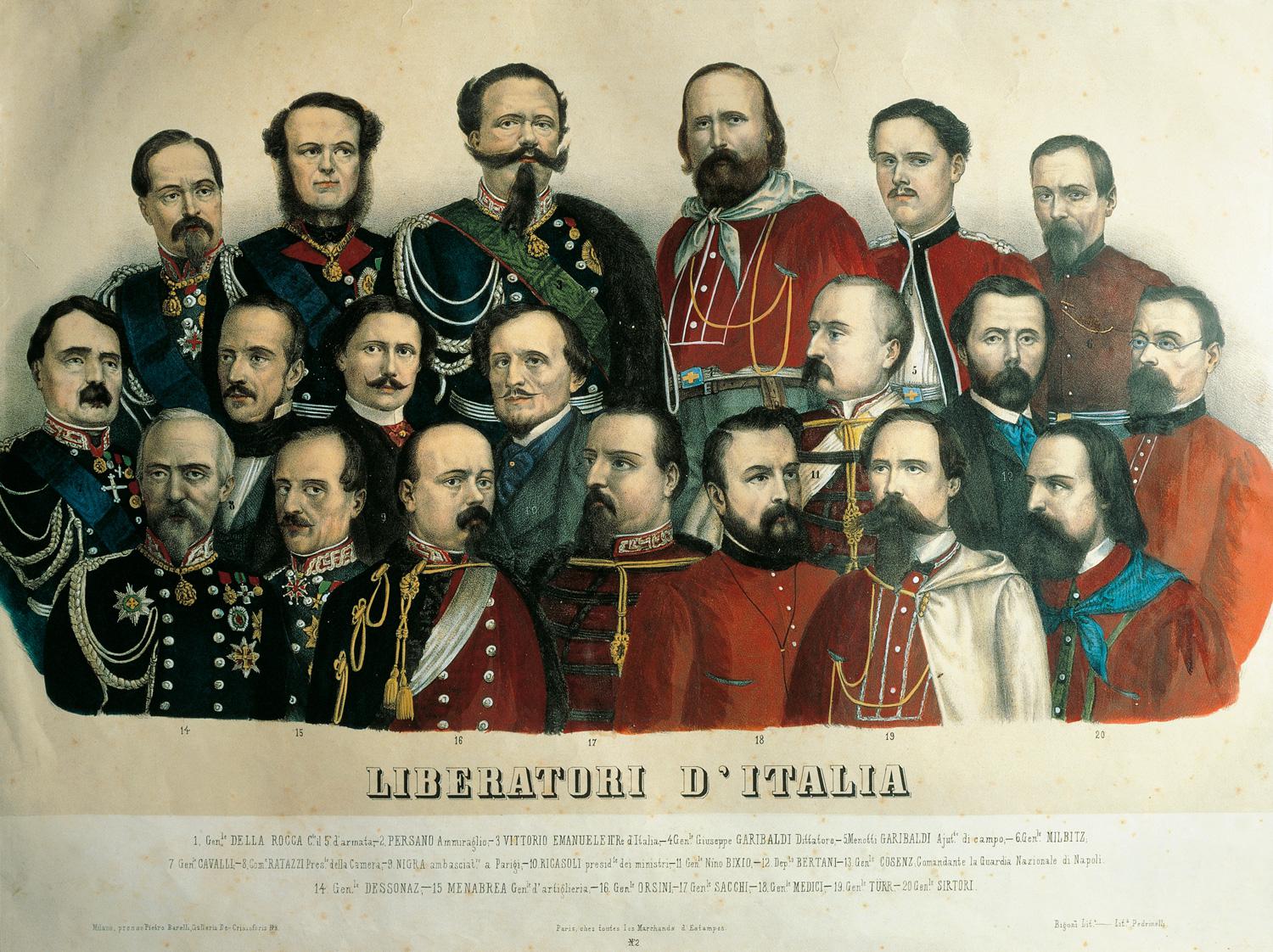
Liberators of Italy
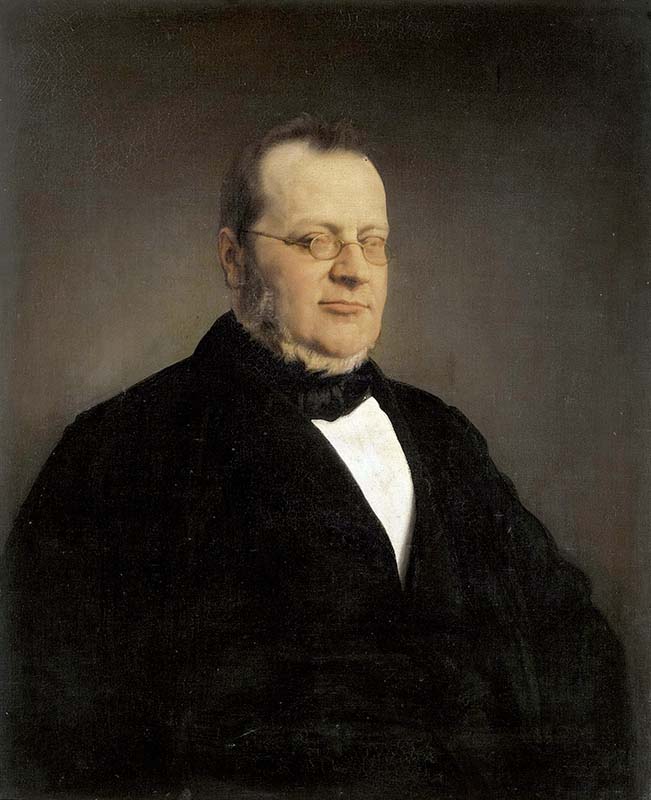
Portrait of Camillo Benso, Count of Cavour
‘Liberty’ and ‘Unity’ were the guiding values of the Risorgimento, which Victor Emmanuel II had taken charge of since 1849. Liberty meant emancipation from foreign rule, especially from the Austro-Hungarian Empire. Unity was the restoration or reunification of the centuries-old political fragmentation of the peninsula to form one single nation state.
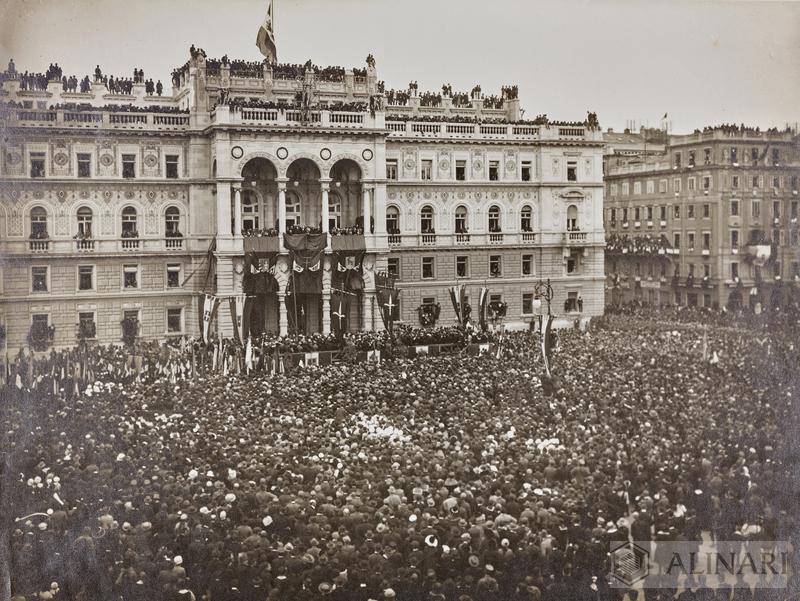
Proclamation of the annexation of Venezia Giulia to Italy
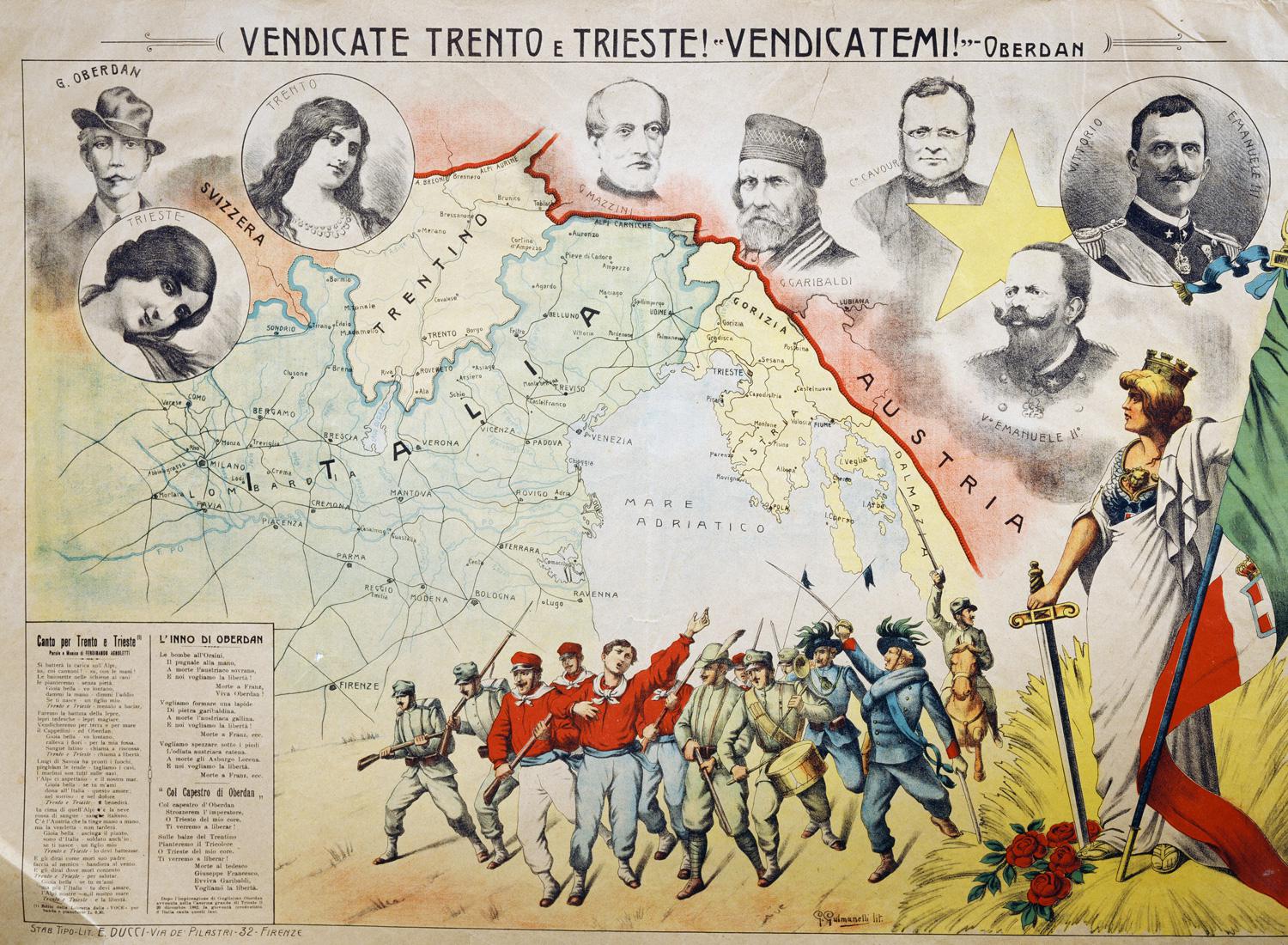
Song for Trento and Trieste
The debate on the role of Rome in the unification process, or the ‘Roman question’, dominated the entire Risorgimento period. The debate was resolved on 20 September 1870, when Italian bersaglieri [riflemen] broke through the walls of Rome at Porta Pia. The breach ended the temporal power of the pontiffs: shortly after that, on 1st July 1871, Rome became the new capital of the Kingdom of Italy.
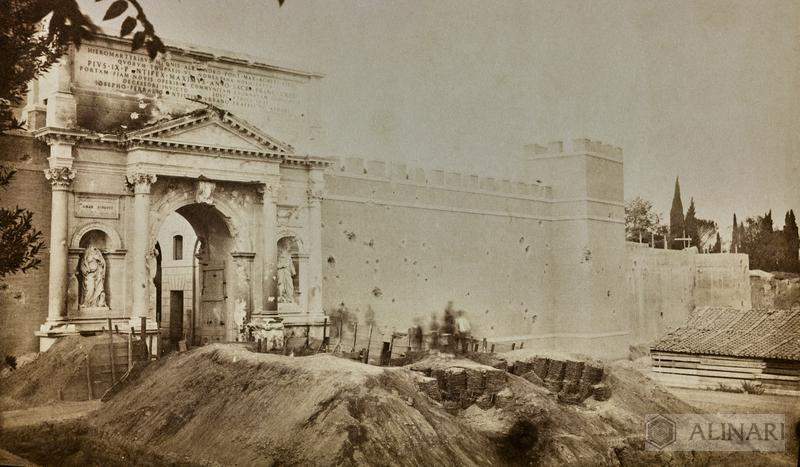
The Breach of Porta Pia: a piece of Rome's Aurelian Walls after the cannonade that marked the end of the Papal State
Victor Emmanuel II died on 9 January 1878, after a short illness. The following days were dedicated to organising his funeral and commemoration ceremony. While the king’s body was buried in the Pantheon, the government began to plan the future Vittoriano in Rome, which would be a monument worthy of celebrating the Father of the Fatherland.
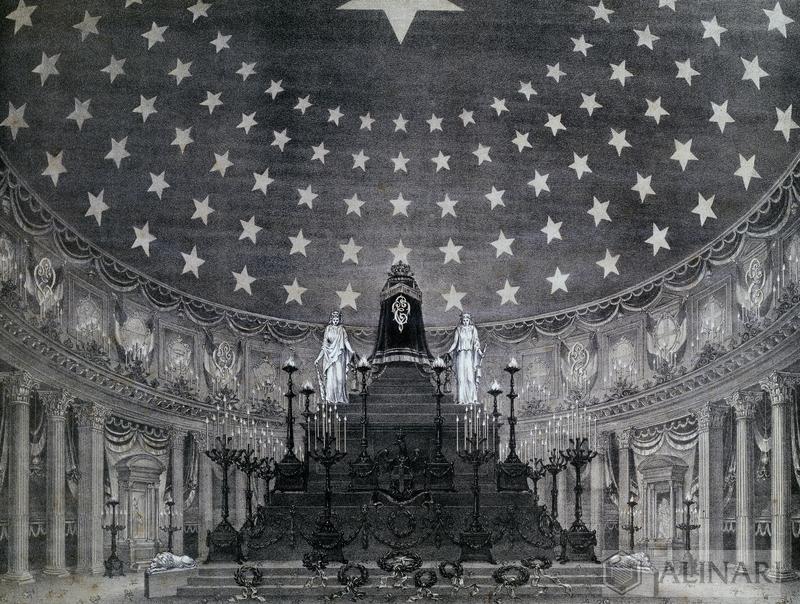
The Pantheon on the occasion of the funeral of Victor Emmanuel II
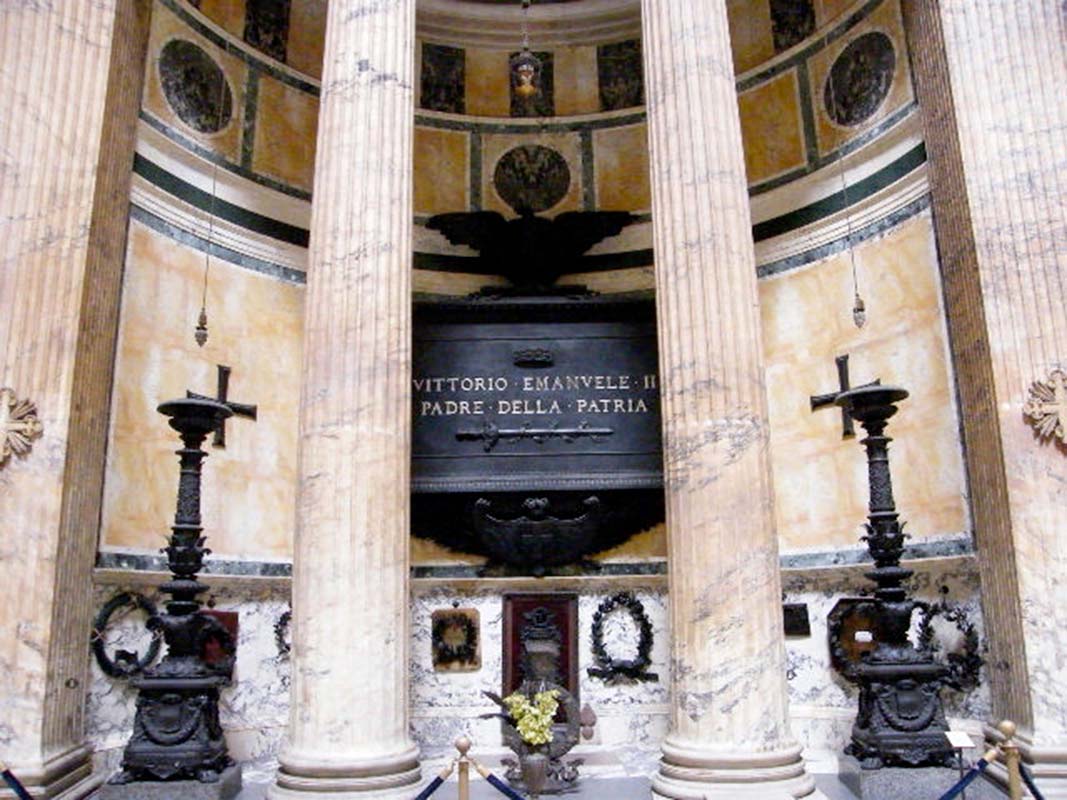
Funerary Monument of Victor Emmanuel II in the Pantheon, also called the Basilica of Santa Maria ad Martyres, Rome